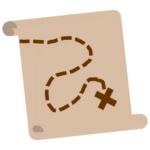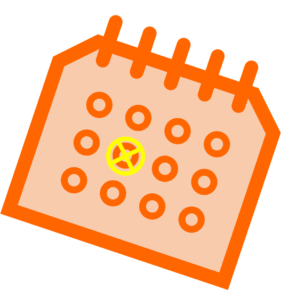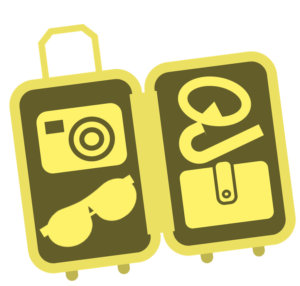Guaviare
A long time after Pangaea’s fragmentation, when continents formed the earth the way we know it nowadays, Guyana Shield lands settled in northern Abya Yala. It stablished the basement of a wide range of sedimentary elevations and alluvial areas. Over millions of years the region got the name of Guaviare, just there, where Amazon, Orinoco and Andes meet.
An ancient family coming depth from the jungle lived in this region different from any other more than 12.000 years ago. They left behind an enigmatic heritage in Palaeolithic art made on rocks with different shapes, surrounded by coloured rivers, natural pools, waterfalls, lakes and a lush biodiverse tropical forest.
More recently, families from the jungle as well as from various horizons have inhabited these lands leaving their marks, setting a syncretic identity.
Vive Guaviare, a unique experience of landscapes, traditions and exchanges.
Location
Closer than you might have imagined!
We are located in central-south Colombia. From the capital city you just need a 55 minutes flight to southeast or take the 390 kilometres asphalt main road going down the eastern mountain chain and crossing the province of Meta.
How to get here?
Once you decide to visit Guaviare, the two main cities to come from in Colombia are: Bogota, capital city of Colombia and Villavicencio, capital of Meta, next province to the north. The road between Guaviare and Bogota passes by.
And the existant travel modes are:
390 km, 7 hours and 5 tollbooths from Bogota passing by Villavicencio (285 km, 4 hours, 2 tollbooths). Road is entirely asphalted, safe and nice, suitable for all kind of vehicles. Beautyful landscapes during the journey widely vary.
Different public transportation services like buses, vans and taxis are also available.
Collective 4×4 trucks between San Jose del Guaviare and La Macarena (Meta) run three times a week. Journey takes from seven to 12 hours according to the road conditions.
It is possible to visit local attractions in your own vehicle. We just recommend having and off road engine as ground roads to attractions become harder to take, especially in wintertime.

Choosing a time to travel
Our gates never close; you just set the date!
Roughly speaking, here goes an explanation to allow you planning your trip:
There are two seasons all over the year: summer, also called dry season and winter or rainy season.

Summer begins ending November or early December with dwindling rains increasing droughts between January and February. Sometimes it never rains for weeks in a row when temperatures are at their highest, 93º F (34º C) or more.
By coming in summer time, you should know some attractions as waterfalls or natural pools are gradually affected by drought. Coloured rivers attractions are closed between December and May.
Winter arrives towards March with rains gradually increasing water levels between April and May, with its biggest moments in June. Time for floods remaining until July. Lowest temperatures over the year have been recorded in this period, 36º F (22º C).

In the rainy season is possible to visit all the attractions. Even if it rains in a regular basis, it does not mean it rains every days all day long. Just remember: magnificence and visits of coloured rivers are only possible from May or June.
Veranillo is a “little-summer”-called period appearing around August. It is about some sunny weeks refreshed with sporadic rainfall.
During September and October, sunny days alternate with rainy ones.
Travel packing
Documents
Colombian citizens must hold their national identity document.
Foreign visitors must follow instructions from Colombian Ministry of Foreign Affairs you will find in the next link: MFA
Bags
Guaviare’s weather is hot and humid all over the year. Sun might be strong; heavy rains happen and could become electric storm. So you may bring:
-
Sun screen and insect repellent, eco-friendly would be appreciated.
-
Hats, caps, scarfs, sunglasses and any other sun protection for head and eyes.
-
Long sleeves shirts and long trousers.
-
Anti-slippery closed-toes shoes.
-
Comfortable walking wear and swimsuit.
-
Change of clothes.
-
Head, hand or phone torches.
-
Rain cape.
-
Canteen.



